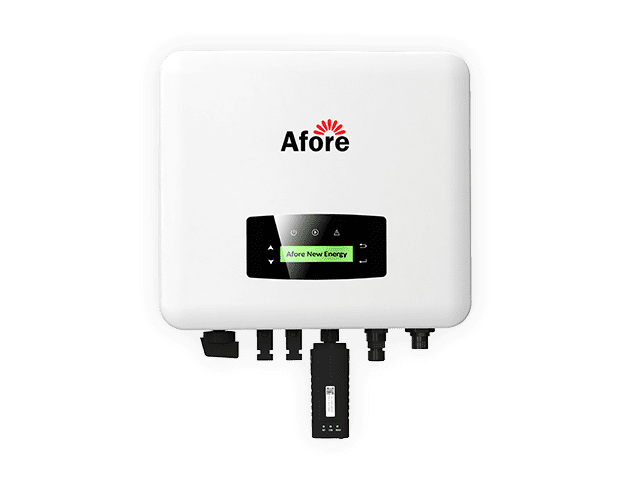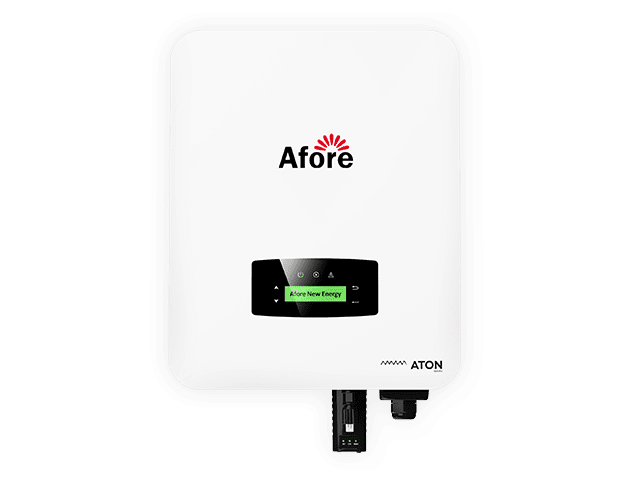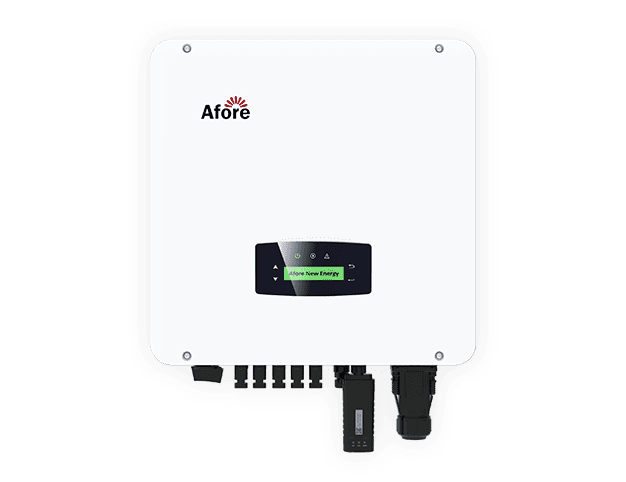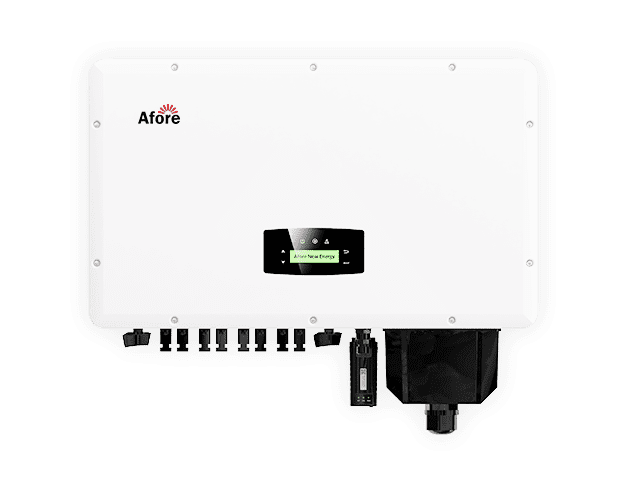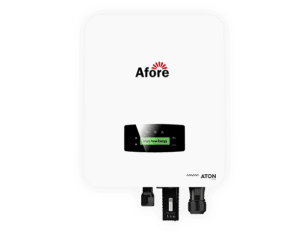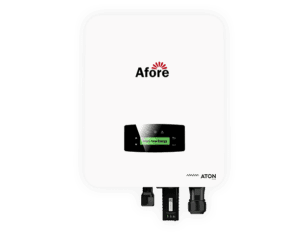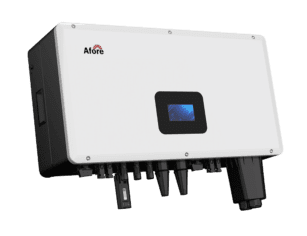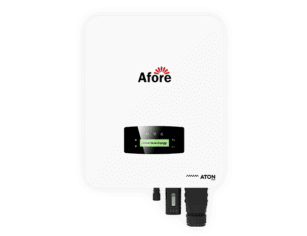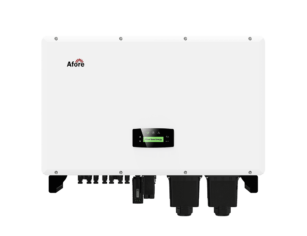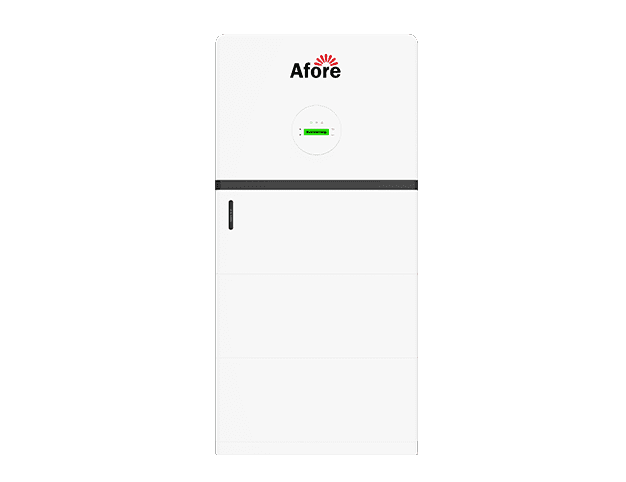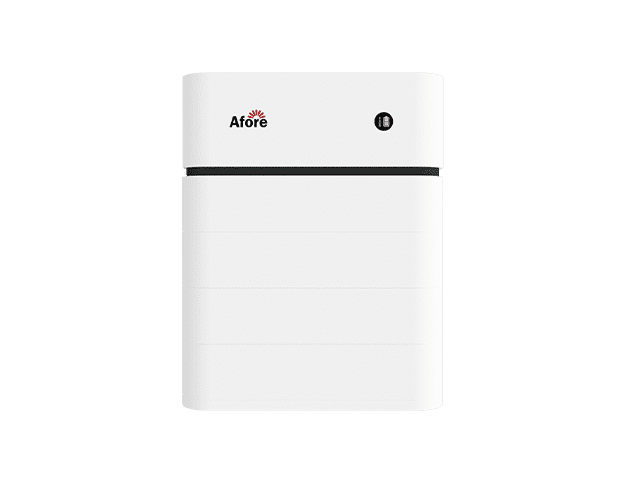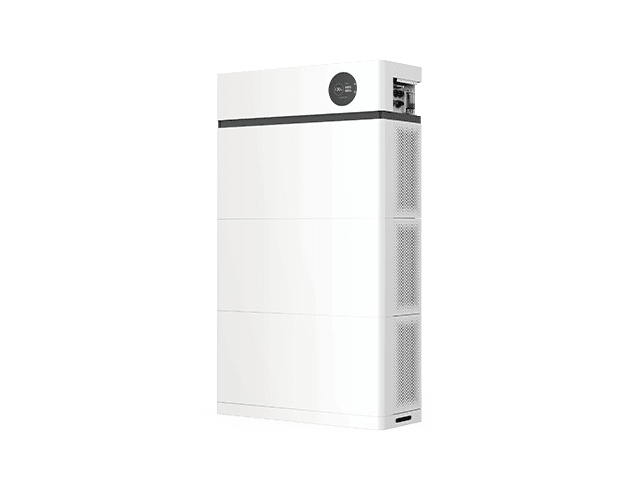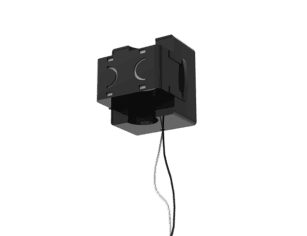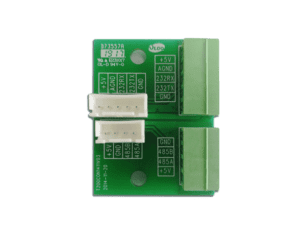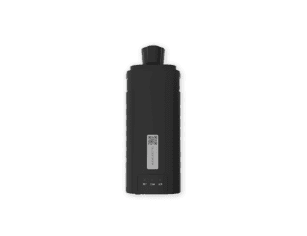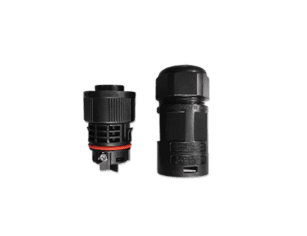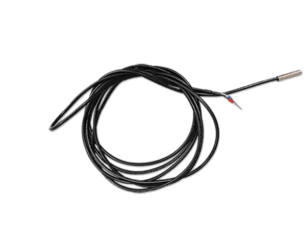Home Battery Storage System — A Comprehensive Guide

Índice
If you’ve ever wondered whether investing in a home battery storage system is worth it, you’re not alone. With rising electricity bills, unpredictable grid outages, and more homeowners going solar, storing your own energy has never been more appealing. In this guide, we’ll walk you through everything you need to know about home battery storage systems, how they work with a solar inverter, the costs involved, sizing considerations, benefits, limitations, and what to look for when choosing the right system. By the end, you’ll feel confident about whether a battery system makes sense for your home.
Introduction to Home Battery Storage Systems
What is a Home Battery Storage System?
A home battery storage system is essentially a way to store electricity for later use. Think of it as a big rechargeable power bank for your house. Instead of relying solely on the grid, you can store excess energy generated from your solar panels during the day and use it at night or during power outages. This not only helps reduce electricity bills but also gives you a measure of energy independence.
Why the Interest in Home Battery Storage Now?
You might be asking, “Why are so many people suddenly talking about home battery storage?” There are a few reasons:
- Rising electricity costs: Electricity prices are climbing almost everywhere. Using your own stored energy helps you avoid paying peak rates.
- Grid reliability: More frequent blackouts and grid instability make backup power increasingly appealing.
- Solar adoption: As more homeowners install solar PV systems, storing surplus energy has become an obvious next step.
How It Works in Conjunction with a Solar Inverter
Your solar panels produce direct current (DC) electricity, but your home appliances run on alternating current (AC). That’s where a inversor solar comes in. It converts DC to AC, allowing you to use solar electricity in your home.
When a home battery storage system is connected, the solar inverter often manages the flow of electricity to charge the battery during the day and discharge it at night. Some setups use a hybrid inverter that handles solar generation, battery charging, and grid interaction seamlessly, making energy management much simpler.
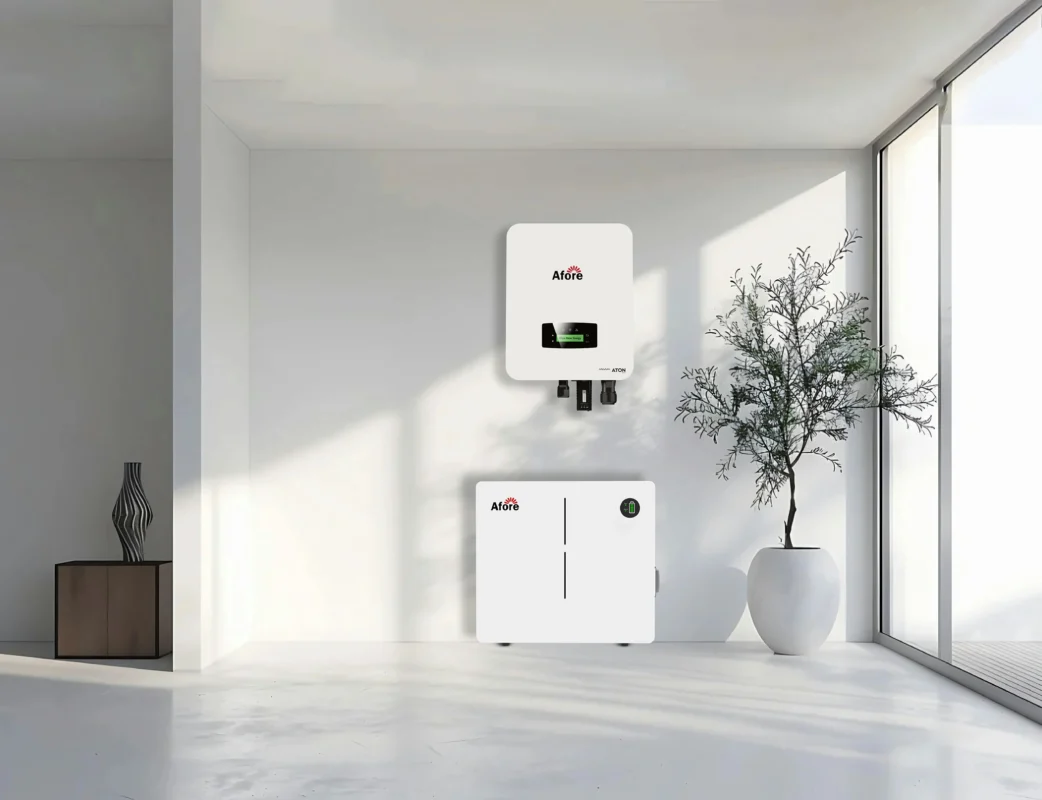
Key Components of a Home Battery Storage System
The Solar Panels and Solar Inverter
Every home battery storage system starts with solar panels. These capture sunlight and convert it into electricity. The solar inverter then converts this DC electricity to AC so your home can use it.
Modern battery systems often rely on a inversor solar híbrido, which can charge your battery and manage energy distribution efficiently. If you already have a solar system, your inverter’s compatibility with a battery is crucial — sometimes retrofitting requires an upgrade.
The Battery Bank / Energy Storage Unit
The battery itself is where all the magic happens. There are different chemistries to consider:
- Lithium-ion: Lightweight, long-lasting, and efficient. Most modern homes prefer this type.
- Lead-acid: Cheaper upfront but heavier and shorter lifespan.
You also need to consider usable capacity (how much energy you can actually use), depth of discharge (how much you can safely draw from the battery), and cycle life (how many times it can be charged and discharged).
Balance of System / Control Electronics / Monitoring
A home battery storage system isn’t just a battery. It includes control electronics and monitoring tools. A battery management system (BMS) ensures safe operation and monitors performance. Many systems come with apps that let you track energy generation, consumption, and storage in real time — which is great for homeowners who love data.
Backup Switchgear and Critical-Loads Panel
If you want your battery to provide backup power during an outage, you might need a critical-loads panel. This allows the battery to power essential appliances without drawing from the grid. Keep in mind, adding this panel increases cost and installation complexity, but it’s invaluable during emergencies.
Cost Analysis of Home Battery Storage Systems
Investing in a home battery storage system is a big decision, and understanding the costs upfront is essential. While the initial price tag might seem high, evaluating the factors that drive cost and the potential return on investment can help you make a well-informed choice. Let’s break it down.
Typical Cost Ranges
The price of a home battery storage system varies depending on the size, chemistry, installation complexity, and your location. For most homes, the installed cost can range from approximately $12,000 to $20,000 in the United States, or the equivalent in local currency elsewhere.
Smaller systems designed mainly for backup or partial self-consumption are on the lower end of the scale, whereas larger systems capable of powering an entire household at night, or providing extended blackout coverage, sit at the higher end.
It’s important to note that these figures typically include installation, the battery itself, and necessary wiring or electrical adjustments, but may not include a new solar inverter if your existing one isn’t compatible with battery storage.
What Drives Cost Variations
Several factors influence the final price of a home battery storage system:
- Battery capacity: Larger batteries that store more energy are naturally more expensive. Usable capacity and depth of discharge are key considerations when calculating costs relative to your household’s energy use.
- Battery chemistry: Lithium-ion batteries, especially those with higher cycle life and efficiency, cost more upfront but often last longer and perform better.
- Inverter requirements: Some homes require a new solar inverter to integrate with the battery, particularly if retrofitting an older system. Upgrading or adding a hybrid inverter adds to the overall cost.
- Installation complexity: Homes with limited space, older electrical panels, or the need for a critical-loads sub-panel will face higher labor and equipment costs.
- Local incentives and rebates: Tax credits, government rebates, or utility incentives can significantly reduce net cost, making batteries more affordable and accelerating payback.
By understanding these variables, homeowners can better estimate what a home battery storage system might cost for their specific situation.
Cost vs. Value — How to Assess ROI
Price alone doesn’t tell the whole story. Evaluating the potential return on investment (ROI) is critical. When assessing whether a home battery storage system is worth it, consider:
- Energy savings: How much electricity you can offset by storing and using your solar energy instead of buying from the grid.
- Backup value: If your home experiences frequent outages, the peace of mind provided by stored power can be significant, even if dollar savings are modest.
- Electricity rates and tariffs: Homes in areas with high time-of-use rates or low solar feed-in tariffs will see higher ROI because stored energy avoids expensive peak electricity costs.
- System lifespan: Most modern lithium-ion batteries last 10–15 years. Factor in expected degradation over time when calculating long-term value.
By analyzing these elements, you can determine whether the system not only makes sense financially but also aligns with your household’s energy needs and priorities.
Is Home Battery Storage Worth It?
So, is a home battery storage system really worth the investment? The answer depends on your specific circumstances:
- If your goal is to maximize self-consumption of solar energy and reduce reliance on the grid, a battery can deliver measurable savings.
- If backup power during outages is important, even a modest system can provide peace of mind that may outweigh the financial cost.
- In regions with low feed-in tariffs or high electricity prices, storing your solar energy for later use can make a clear economic sense.
Conversely, if you export most of your solar energy at full retail rates and have little evening electricity demand, the payback may take longer, and the financial benefits may be limited. However, the added resilience, control, and future-proofing offered by a home battery storage system often makes it a valuable addition for many homeowners, particularly when paired with a properly sized solar inverter.
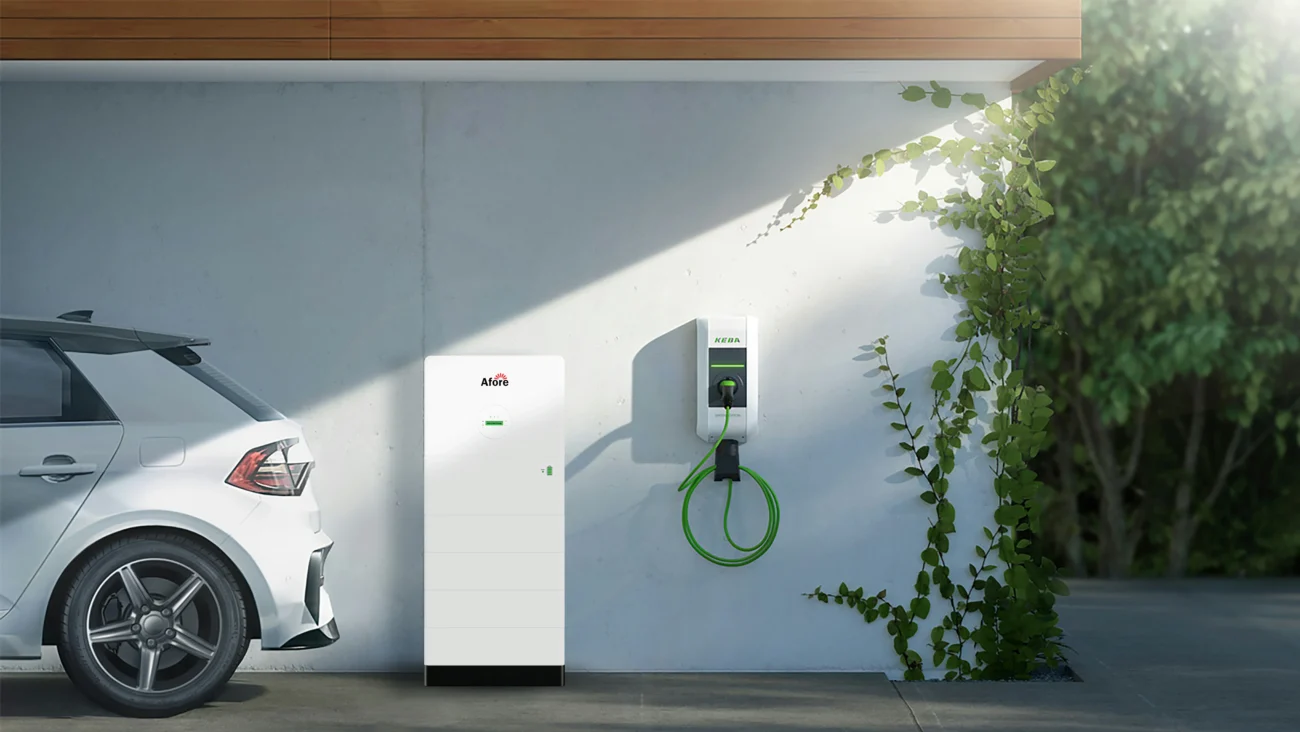
Sizing Your Home Battery Storage System
How Big of a Battery Bank Do I Need to Power a House?
Sizing your battery depends on daily energy usage and desired backup. For example, a guideline suggests using a battery with around 25% of your daily consumption plus a small buffer.
- Example: If your household uses 20 kWh/day, a 7 kWh battery could cover most evening use plus a little extra for emergencies.
If you want full off-grid capability, you’ll need a much larger battery, which increases costs and complexity.
Matching Battery Size to Your Solar Inverter and PV System
Your solar inverter plays a key role in battery sizing. The inverter determines how much energy can flow to the battery each hour. If your PV system generates more energy than your battery can store, you’ll export the excess to the grid. Conversely, a battery too large for your inverter may charge slowly, reducing efficiency.
Backup vs Self-Consumption vs Full Home Supply
Decide whether your battery’s main purpose is:
- Backup only: Small battery powering essential loads.
- Maximize self-consumption: Use stored energy to avoid grid electricity at night.
- Near off-grid living: Large system covering most household needs without relying on the grid.
Each option affects battery size, cost, and payback.
Example Sizing Scenarios
- Small household (10 kWh/day): 5–7 kWh battery.
- Average household (20–30 kWh/day): 10–15 kWh battery.
- Large household (30–60 kWh/day): 15–25 kWh battery.
Always consider both usable capacity and inverter power rating to ensure smooth energy delivery.
Benefits and Limitations of Home Battery Storage
Key Benefits
- Increase self-consumption: Store your solar energy for nighttime use.
- Backup power: Keep essentials running during outages.
- Bill savings: Especially with time-of-use electricity pricing.
- Environmental impact: Reduce reliance on fossil-fuel energy.
Key Limitations / When It May Not Be Worth It
- High upfront cost: The investment can be substantial.
- Limited lifespan: Batteries degrade over time and may need replacement.
- Low savings potential: If you export solar at high rates and use little electricity at night, payback is slow.
- Space and installation: Batteries require dedicated space and professional installation.
Role of the Solar Inverter in Benefits and Limitations
A properly sized solar inverter ensures your battery charges efficiently and powers your home reliably. If the inverter isn’t battery-ready, retrofitting costs can increase. Hybrid inverters simplify integration and improve performance.
Choosing the Right System — Inverter + Battery Matching
Inverter Types: String, Microinverter, Hybrid, Battery-Ready
- String inverters: Most common; compatible with battery retrofits in some cases.
- Microinverters: Each panel has its own inverter; adding a battery may require a separate battery inverter.
- Hybrid inverters: Manage solar, battery, and grid interactions efficiently; often the best choice for new installs.
Battery Chemistry and Specifications
- Lithium-ion (LFP): Long cycle life, efficient, safe.
- Lead-acid: Cheaper but heavier, shorter lifespan.
Key specs to check: usable capacity (kWh), power rating (kW), cycle life, warranty.
Importance of Warranties, Manufacturer, and Installer Reputation
Choose systems with 5+ year warranties and certified installers. A reliable installer ensures correct setup, performance, and safety — critical for both peace of mind and EEAT compliance.
Integration with Existing PV & Inverter
Retrofitting can involve AC-coupled or DC-coupled systems. AC-coupled is easier for retrofits; DC-coupled is often more efficient. Check compatibility with your solar inverter before purchasing.
Monitoring, Software, Future-Proofing, and Grid Services
Smart battery systems allow you to track usage and may even participate in virtual power plants (VPPs), offering additional savings or incentives. Monitoring software helps optimize your home battery storage system for performance and longevity.
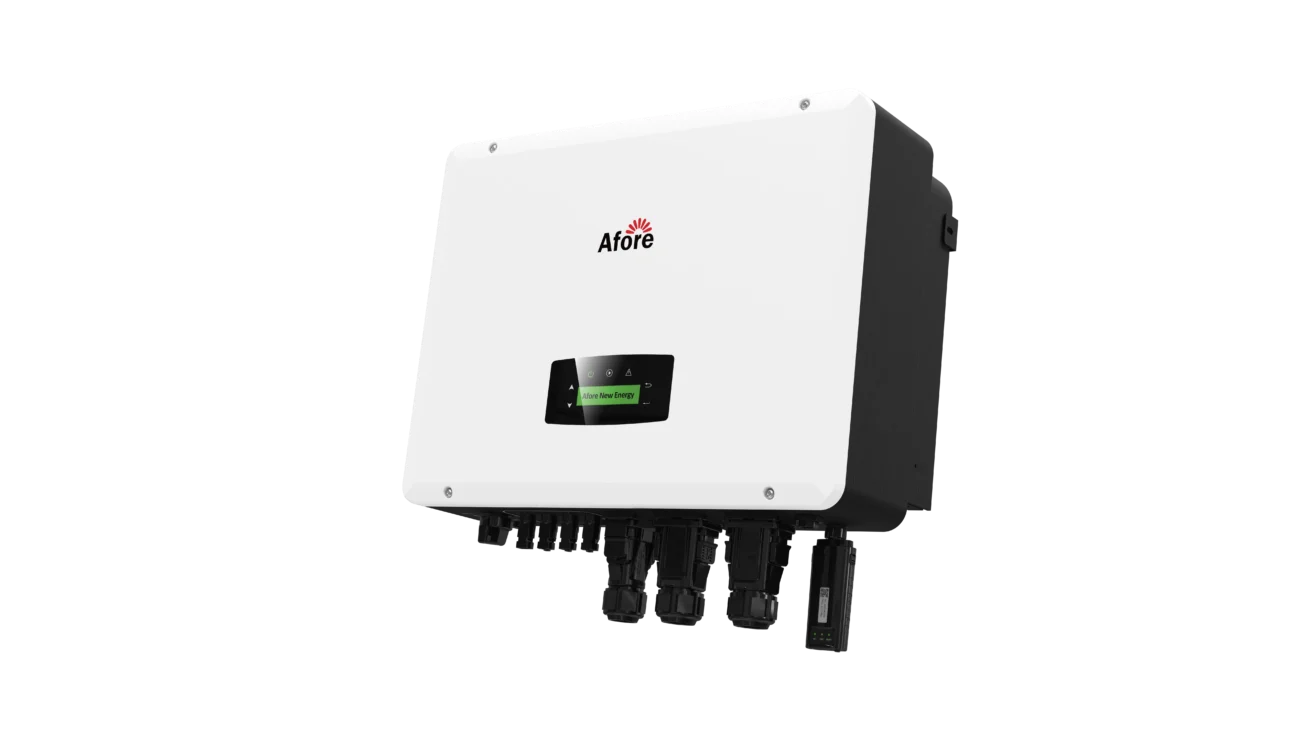
Installation & Maintenance Considerations
Installation Process and Timeline
Expect site assessment, permitting, electrical work, and installation. Retrofits take longer than new installs. A typical installation takes 1–3 days depending on complexity.
Cost of Upgrades, Permitting, and Additional Equipment
Critical-loads panels, inverter upgrades, and complex wiring add to installation cost. Always factor this into your budget.
Maintenance, Lifespan, Performance Monitoring
Modern lithium batteries are low-maintenance, with lifespans of 10–15 years. Monitor performance via apps and keep records to protect your warranty.
Safety, Temperature Considerations, Warranty Claims
Install batteries in ventilated, temperature-controlled environments. Keep documentation and contact certified installers for warranty claims.
Future Trends & Outlook for Home Battery Storage
Cost Trends and Likely Reductions
Battery costs are declining as manufacturing scales up. Prices are expected to continue dropping, improving payback for homeowners.
Technology Advances: Battery Chemistry, Power Rating, Integration
Lithium iron phosphate (LFP) batteries, modular systems, and smarter hybrid solar inverters are enhancing efficiency and safety.
Grid Services, Virtual Power Plants (VPPs), and Revenue Opportunities
Home batteries may participate in demand response programs, generating small revenue streams and supporting grid stability.
Implications for Homeowners and the Grid
Increased self-sufficiency, lower grid reliance, and potential resale value are driving more homeowners to adopt battery systems.
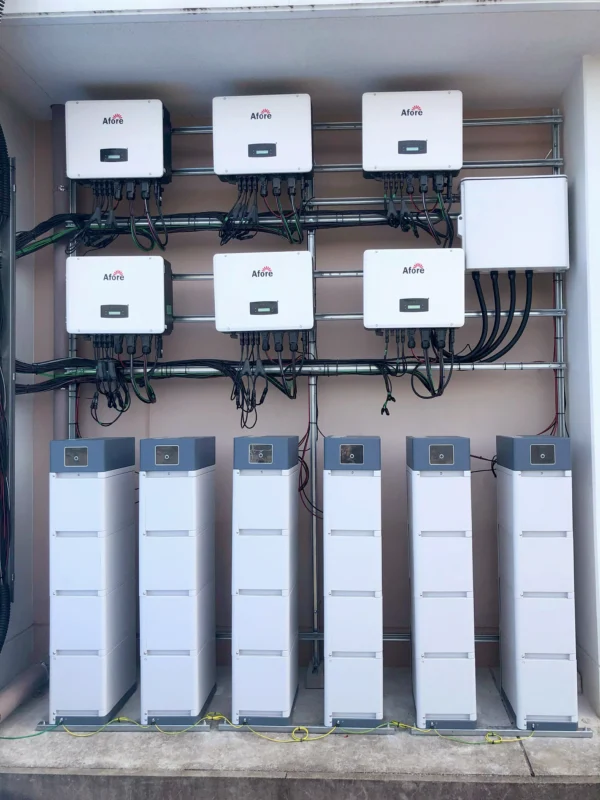
Conclusión
A home battery storage system is more than just a backup — it’s a tool for energy independence, bill savings, and environmental responsibility. When paired with the right solar inverter, a properly sized battery can transform your home’s energy usage, giving you control, security, and flexibility.
While upfront costs are significant, careful sizing, proper inverter integration, and understanding your electricity patterns will ensure your investment delivers maximum value. The future is bright for homeowners who combine solar and battery storage — and the best time to start is now.
Preguntas frecuentes
-
Is home battery storage worth it?
A home battery storage system can be a valuable investment if you want to reduce your reliance on the grid, maximize the use of your solar energy, or secure backup power during outages. While upfront costs are significant, the benefits include energy independence, reduced electricity bills, and peace of mind during blackouts. The financial return depends on factors like electricity rates, solar export policies, and household energy use, but even in cases with slower payback, many homeowners find the resilience and control offered by a battery system worthwhile.
-
How big of a battery bank do I need to power a house?
Sizing a home battery storage system depends on your daily energy consumption, backup requirements, and whether you want to rely entirely on stored energy at night. A common guideline is to use a battery capacity equal to around 25% of daily household usage plus a small buffer. For instance, a household consuming 20 kWh per day might choose a 7–10 kWh battery to cover evening use and small outages. Always ensure your solar inverter can handle the charging and discharging power for the battery you select.
-
How much does a solar battery storage system cost?
The cost of a home battery storage system varies based on size, chemistry, installation complexity, and local conditions. Typical systems range from $12,000–$20,000 in the U.S., while in other regions the price may differ based on labor and incentives. Costs usually include installation and the battery itself, but may not include an upgraded solar inverter if your existing one is incompatible. When calculating total investment, consider potential energy savings, incentives, and system lifespan to estimate return on investment.
-
What role does the solar inverter play in a home battery storage system?
The solar inverter converts the DC electricity from your solar panels into AC power usable in your home. In battery-backed systems, it manages energy flow between the solar panels, battery, and the grid. A hybrid inverter can simultaneously handle solar generation, battery storage, and electricity supply to your home, improving efficiency and reducing energy losses. Proper inverter sizing is crucial to maximize the performance of your home battery storage system.
-
What types of batteries are used in home storage systems?
Most modern home battery storage systems use lithium-ion batteries, which offer high efficiency, long cycle life, and compact design. Older options, like lead-acid batteries, are less expensive but heavier, shorter-lived, and require more maintenance. Battery choice impacts cost, performance, and the long-term value of the system, so it’s important to consider your energy goals and household consumption patterns when selecting a battery type.
-
Can a home battery storage system provide backup power during an outage?
Yes, a properly installed home battery storage system can supply electricity to essential loads during a blackout. To do this, your system may require a dedicated critical-loads panel or a hybrid inverter setup. This setup ensures that even when the grid is down, key appliances such as lights, refrigeration, and communication devices continue to operate safely.
-
How long do home batteries last and what about warranty?
Most modern lithium-ion batteries in a home battery storage system last between 10–15 years, though performance gradually declines over time. Warranties typically cover 5 years, ensuring replacement or repair if capacity falls below a guaranteed level. Regular monitoring and proper maintenance help maximize battery life and protect your investment.
-
How does my household energy usage affect battery performance?
Your daily energy consumption patterns directly influence the value you get from a home battery storage system. If most of your electricity use occurs at night, a battery allows you to store daytime solar production for later use, increasing self-consumption and reducing grid dependence. Conversely, if your solar system exports most energy to the grid and evening usage is low, financial payback may be slower.
-
What is the difference between AC-coupled and DC-coupled battery systems?
AC-coupled systems connect to the home’s electrical system after the solar inverter, making them easier to retrofit onto existing solar installations. DC-coupled systems integrate directly with the PV array before the inverter, improving efficiency but sometimes requiring an inverter replacement. Choosing the right configuration ensures the home battery storage system charges efficiently and maximizes energy savings.
-
How do rebates, incentives, and local electricity policies affect the value of a home battery storage system?
Government incentives, tax credits, and utility rebates can significantly reduce the upfront cost of a home battery storage system, making it more accessible and improving payback. Similarly, local electricity rates, net metering, and feed-in tariffs affect how much money you save by storing and using solar energy rather than exporting it to the grid. Understanding these policies helps homeowners make informed decisions and optimize system value.
-
Will a home battery storage system increase my home’s value?
A home battery storage system can enhance property appeal, especially for buyers interested in energy independence, backup reliability, or environmental sustainability. While the monetary impact may vary by market, having a well-designed solar plus battery setup often makes a home more attractive and future-proof.
-
Can I add a battery to an existing solar system?
Yes, many homeowners retrofit a home battery storage system onto an existing PV setup. Compatibility with your current solar inverter is critical, as some older inverters may not support battery integration. Retrofitting can involve additional wiring, a new inverter, or other electrical adjustments, which should be assessed by a certified professional.
-
How do I choose a reputable installer for a home battery storage system?
Select an installer with proven experience, certifications, and strong reviews. Ensure they provide clear quotes, warranty documentation, and system monitoring options. A reliable installer demonstrates expertise, authoritativeness, and trustworthiness, which is essential for a safe and effective installation.
-
How long does it take to see a return on investment?
Payback periods vary, typically ranging from 8 to 15 years depending on battery size, electricity rates, solar production, and local incentives. Homes with high evening energy use, low export rates, or frequent outages may see quicker financial returns, while others may value the system more for resilience and energy independence than immediate monetary savings.
-
What space and environmental conditions are needed for a home battery storage system?
Batteries require a well-ventilated, temperature-controlled area. Avoid placing them in direct sunlight, damp areas, or unprotected outdoor locations. Proper installation not only prolongs battery life but ensures safety and warranty compliance, maintaining the overall reliability of your home battery storage system.





